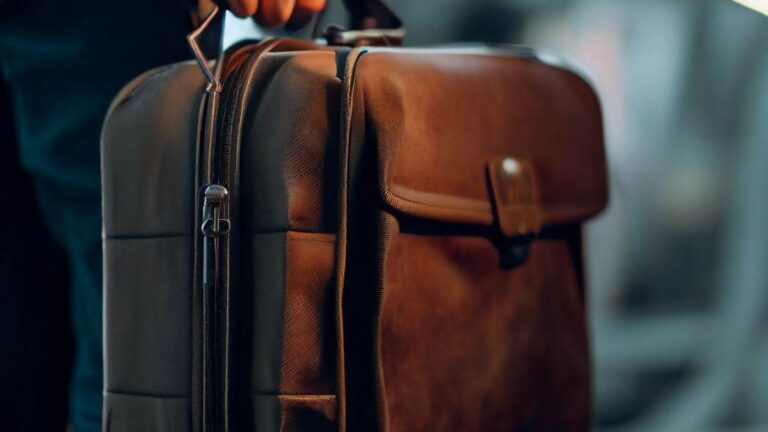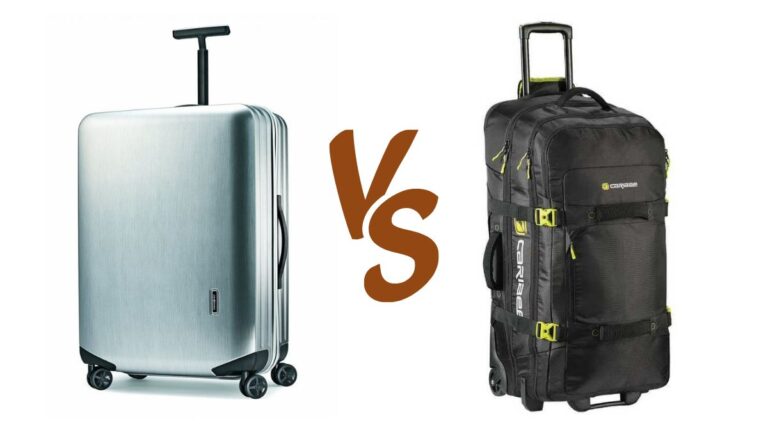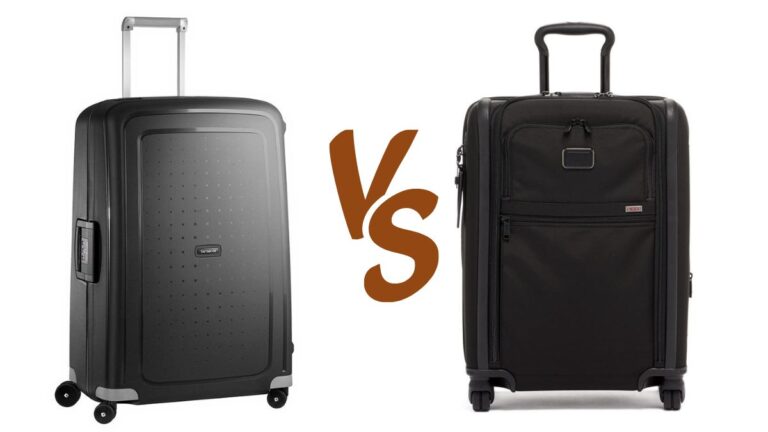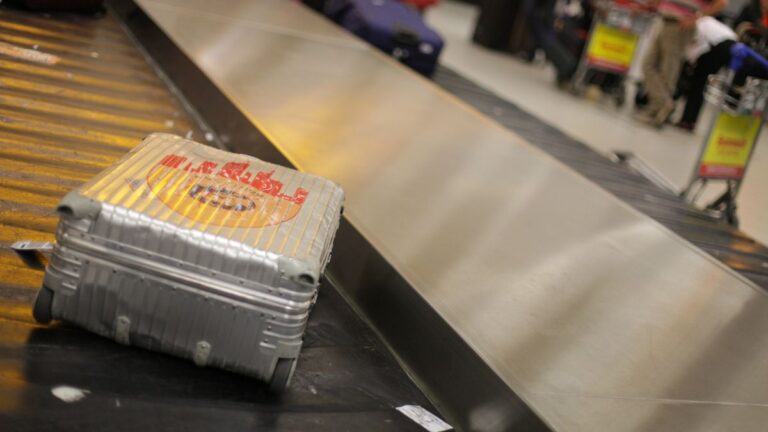Quart Size Bag Vs. Sandwich Bag: Comparing Sizes & Uses
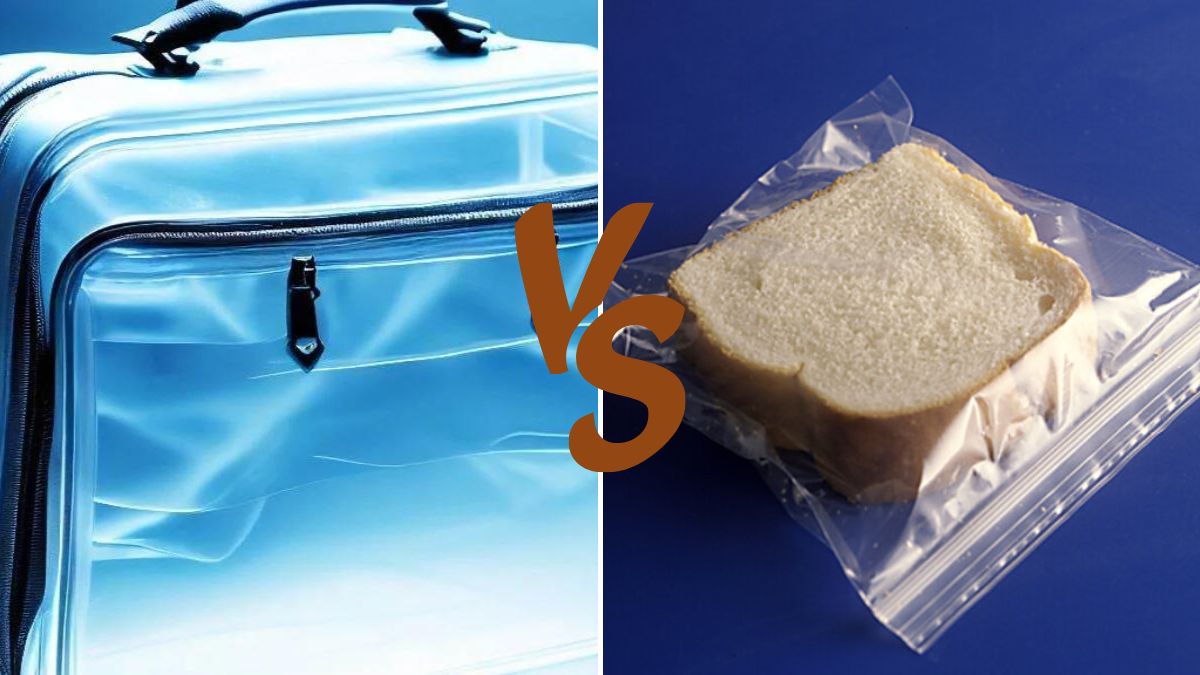
As participants in Amazon Associates and other programs, we earn from qualifying purchases. This comes at no additional cost to you. For more details, see our Affiliate Disclosure.
In the world of disposable storage solutions, two names often come to the forefront – the quart size bag and the sandwich bag. These versatile household staples have found a place in nearly every pantry, serving a plethora of uses beyond their conventional role. Although they might appear similar at first glance, their dimensions and potential applications significantly differ.
This article offers a detailed comparison of these two popular types of plastic bags, exploring their distinct sizes and diverse uses to help you make the most informed choice in your daily life.
Understanding Quart Size Bags and Sandwich Bags
Quart size bags and sandwich bags are both types of resealable, disposable storage solutions that have become integral parts of many households. These bags are typically made from a type of plastic known as low-density polyethylene, which is lightweight, flexible, and relatively durable. The primary difference between the two lies in their size and intended use.
Quart size bags are specifically designed to hold up to a quart (32 ounces) of content. They are typically larger and can store more substantial quantities of food or other items. These bags have a width of about 7 inches and a length of around 8 inches, though exact dimensions can vary slightly depending on the brand. As their name implies, quart size bags are ideal for storing a quart’s worth of items, making them a popular choice for meal prepping and bulk food storage.
On the other hand, sandwich bags are smaller and are ideally suited for holding single servings of food. As the name suggests, these bags were originally intended for storing sandwiches, but their use has since extended to various other applications. Standard sandwich bags are approximately 6.5 inches wide and 5.875 inches long. The smaller size is perfect for single servings of food, organizing small items, and keeping portions under control.
Both types of bags usually come with a built-in sealing mechanism, usually a press-to-seal zipper, which helps keep the contents fresh and prevents spillage. Despite their differences in size, quart size bags and sandwich bags serve similar roles in the home or on the go, providing a convenient way to store, organize, and carry a wide range of items.
Measuring Up: Comparing the Sizes of Quart Size Bags and Sandwich Bags
When it comes to quart size bags and sandwich bags, understanding their dimensions can help you choose the right bag for your storage needs. As we’ve mentioned before, these two types of bags have notably different sizes, designed to cater to different requirements.
Quart Size Bags are meant to hold up to 32 ounces (or 1 quart) of content. They are usually around 7 inches wide and 8 inches long, making them the larger of the two. These bags are suitable for storing larger quantities of food or multiple servings, perfect for meal prep, or storing leftover ingredients in the kitchen.
Sandwich Bags, on the other hand, are smaller and designed to hold single servings of food. They are about 6.5 inches wide and approximately 5.875 inches long. Sandwich bags are ideal for storing individual portions of snacks or meals, and their compact size makes them convenient for lunch boxes or on-the-go snacking.
| Quart Size Bags | Sandwich Bags | |
|---|---|---|
| Width | 7 inches | 6.5 inches |
| Length | 8 inches | 5.875 inches |
| Volume | 1 Quart (32 ounces) | Depends on contents |
However, keep in mind that the actual size can vary slightly depending on the manufacturer. Always check the product description or label when purchasing to ensure the bag size fits your needs.
Beyond the Kitchen: Diverse Uses of Quart Size Bags
While quart size bags are often associated with food storage, their utility goes far beyond the kitchen. Their relatively larger size coupled with a reliable sealing mechanism makes them a versatile tool for many other household, travel, and organizational purposes. Here are some additional ways to use quart size bags:
Travel Essentials: Quart size bags are a favorite among travelers, especially for carry-on luggage in air travel. Most airlines allow passengers to carry liquids in their carry-on baggage as long as they are in containers no larger than 3.4 ounces (100 milliliters) and all containers can fit into a single quart size bag. This makes these bags ideal for carrying toiletries and other small items.
Craft Supplies Storage: Quart size bags can also be used to organize craft supplies such as beads, sequins, threads, and more. They are perfect for keeping your craft area neat and tidy while ensuring small items don’t get lost.
Gardening: Use these bags to store seeds, bulbs, and other small gardening supplies. They can also be used for germinating seeds.
Home Organization: Quart size bags are great for organizing small items around the home that can easily get misplaced, such as batteries, hardware, and small electronic accessories.
First Aid Kit: Quart size bags can be used to assemble a basic first aid kit. They can easily hold band-aids, gauze, small tubes of antiseptic cream, and other essentials, and can be easily stored in your car, office, or backpack.
Waterproofing: If you’re heading out and there’s a chance of rain, you can use quart size bags to protect your electronic devices and important documents.
The possibilities are virtually endless with quart size bags. Their sturdy build and perfect size make them a handy tool in many situations, proving that they are not just a kitchen utility but a versatile asset in every part of the home.
More than a Lunchbox Essential: Various Uses of Sandwich Bags
Sandwich bags, initially designed to keep our sandwiches fresh and intact, have indeed become much more than a lunchbox staple. Their compact size and secure seal make them incredibly versatile, suitable for a range of applications outside the kitchen. Here’s a look at some innovative ways to use sandwich bags:
Organizing Small Toys: Sandwich bags are perfect for sorting and storing small toys like Lego pieces, puzzle pieces, or action figures. They help keep your child’s play area tidy and ensure that no small parts get lost.
Travel-friendly Toiletries: While quart size bags are a go-to for air travel, sandwich bags can be a perfect solution for short trips or for separating different types of toiletries.
Jewelry Storage: Sandwich bags can be used to store and organize jewelry items. This can prevent tangling and protect delicate items from damage.
Protecting Electronics: If you’re at the beach or a pool, or just out in unpredictable weather, a sandwich bag can provide a simple waterproof shield for your phone or other small electronic devices.
Seed Storage: If you’re a gardening enthusiast, sandwich bags can be a great way to store seeds or even to start seedlings.
DIY Icing Bag: A sandwich bag can be turned into a makeshift icing bag for cake or cookie decoration. Just fill the bag with icing and cut a tiny hole at one corner.
Freezing Herbs: You can freeze fresh herbs in olive oil in sandwich bags for future use in cooking.
These are just a few examples of how sandwich bags can come in handy in a multitude of scenarios. With their reliable seal and convenient size, sandwich bags are certainly more than just a lunchbox essential.
Material Matters: The Quality and Sustainability of Quart Size and Sandwich Bags
Quart size bags and sandwich bags are typically made from low-density polyethylene (LDPE), a type of plastic that is lightweight, flexible, and relatively durable. The quality of these bags can vary based on the manufacturing process and the thickness of the plastic, which can influence the bag’s strength, durability, and transparency.
Quality: A higher-quality bag will be less prone to tearing, provide better seals, and offer more clarity, making it easier to see the contents of the bag. Some brands may also offer additional features like expandable bottoms, double zippers, or easy-open tabs to enhance the bag’s functionality.
Sustainability: While these plastic bags are undeniably convenient, their environmental impact is a significant concern. They are disposable and often single-use, contributing to plastic pollution. Most of these bags are not biodegradable and can take hundreds of years to decompose.
However, some manufacturers are now producing eco-friendly alternatives to traditional quart size and sandwich bags. These options might include bags made from compostable materials or bioplastics, bags that are recyclable, or even reusable bags made from more durable materials like silicone.
It’s also important to note that even the traditional plastic bags can be reused multiple times for various purposes before being discarded, reducing their environmental impact. Many grocery stores and recycling centers also have drop-off locations for plastic bags to be recycled properly.
Safety First: Food Safety Considerations for Both Types of Bags
Food safety is a critical consideration when using quart size bags and sandwich bags for storing food items. Though these bags are typically designed for food storage, there are a few essential points to keep in mind to ensure the safety and freshness of your food.
Temperature: Both quart size and sandwich bags can be used safely at a range of temperatures. They’re generally safe for use in the refrigerator and freezer, but they’re not designed to withstand high heat, such as in the microwave or oven. When using these bags in the freezer, be sure to leave some space for the food to expand as it freezes.
Sealing: Ensure the bags are properly sealed to prevent exposure to air, which can lead to food spoilage. The sealing mechanism on these bags is designed to be secure, but it’s always a good idea to double-check.
Quality and Material: The bags should be made of food-grade material to ensure safety. Most quart size and sandwich bags are made from low-density polyethylene (LDPE), which is generally considered safe for food contact.
BPA and Phthalates: Some plastic food storage bags may contain chemicals like BPA and phthalates, which have raised health concerns. Many manufacturers have stopped using these substances, but it’s always a good idea to check the packaging to ensure the bags are BPA and phthalate-free.
Reuse: If you plan on reusing the bags, make sure to clean them thoroughly after each use. However, bags that have been used to store raw meat, oily foods, or spoiled foods should not be reused.
Recycling: Used bags should be disposed of properly. Many plastic bags can be recycled, but they typically need to be dropped off at specific collection points rather than included with regular curbside recycling.
When it comes to food safety, quart size bags and sandwich bags are generally a safe option as long as they are used properly. Always check the product packaging for specific guidelines and warnings from the manufacturer.
Cost Comparison: Quart Size Bags vs Sandwich Bags
The cost of quart size bags and sandwich bags can vary based on a variety of factors, including the brand, quality of the materials, additional features, and whether they’re standard or eco-friendly versions. However, generally speaking, the two types of bags are quite similar in price, making them both an affordable option for storage needs.
Quart Size Bags: These are typically sold in boxes of 20 to 50 bags and can range from $3 to $7 per box, depending on the brand and any special features. This averages out to about $0.06 to $0.14 per bag.
Sandwich Bags: These bags are often sold in larger quantities, often in boxes of 100 to 300. The cost can range from around $3 to $10 per box, averaging out to about $0.01 to $0.03 per bag.
While sandwich bags may seem cheaper at first glance, remember to take into account the size and capacity difference. Quart size bags can hold more content and may sometimes be a more economical choice depending on your storage needs.
Additionally, eco-friendly versions of both types of bags will usually cost more than their standard counterparts, but many people find the environmental benefits to be worth the extra expense.
When considering cost, it’s essential to think about not only the upfront price but also the value and versatility that each type of bag can provide. Think about your specific needs and uses to determine which type of bag offers the best value for you.
Expert Tips: Maximizing the Usage of Quart Size and Sandwich Bags
Maximizing the use of quart size and sandwich bags not only makes them more cost-effective but can also reduce waste, contributing to environmental sustainability. Here are some expert tips to get the most out of these convenient storage solutions:
1. Reuse Whenever Possible: While these bags are often considered disposable, they can often be reused, especially if they were used to store dry goods or non-greasy items. After emptying the bag, simply wash it out with warm soapy water, rinse well, and let it dry completely before reusing.
2. Smart Packing: When packing food, try to remove as much air as possible before sealing the bag. This helps to prevent freezer burn and can keep food fresh for longer.
3. Label Your Bags: If you’re using these bags for storage, it’s helpful to label them with a permanent marker. Write down the contents and the date, especially for food items stored in the fridge or freezer. This can help you keep track of what’s in the bag and when it was stored.
4. Double Up for Liquids: If you’re storing or transporting liquids in these bags, consider doubling the bag for extra protection against leaks.
5. Think Beyond Food Storage: As we’ve mentioned earlier, both quart size and sandwich bags can be used for a variety of purposes beyond food storage. From organizing craft supplies to packing toiletries for travel, these bags can be a versatile tool for organization and storage.
6. Eco-friendly Disposal: When a bag can no longer be used, dispose of it in an environmentally friendly way. Many grocery stores and recycling centers have collection bins for plastic bags. Remember, however, that dirty or food-soiled bags often can’t be recycled and should be disposed of in the regular trash.
By maximizing the usage of your quart size and sandwich bags, you’ll not only get more value for your money but also contribute to reducing plastic waste, making these everyday items an even more valuable part of your household.
Which Bag Fits Your Needs Best?
Choosing between quart size bags and sandwich bags ultimately depends on your specific needs. While they may seem similar, the size difference can make each type better suited to certain tasks.
Quart Size Bags are larger and can hold more volume, making them ideal for storing larger portions of food, multiple servings, or larger items. If you often meal prep, or need a bag that can store leftovers, quart size bags could be your go-to. They’re also a good fit if you want a versatile bag that can serve multiple purposes around the house or while travelling.
Sandwich Bags, as their name suggests, are perfect for storing a sandwich or other single-serving food items. They’re a lunchbox staple, but their compact size also makes them useful for storing and organizing smaller items around the house. If your primary need is packing lunches, snacks, or organizing small things, then sandwich bags could be your best bet.
Remember, it’s not just about size and volume, but also about the quality of the bag, its environmental impact, and your personal preference. By understanding the differences and various uses of each type of bag, you can make an informed decision about which one is the best fit for your needs. No matter which you choose, both quart size bags and sandwich bags are versatile tools that can help with storage, organization, and more.

